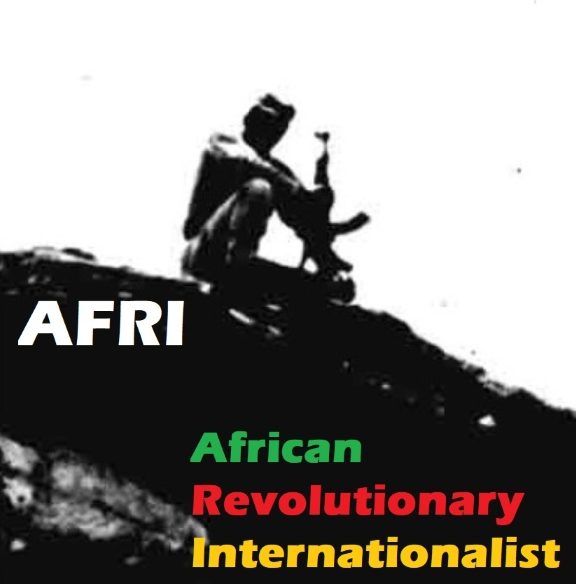
ANC and Unrests in the Bantustans
On 9 March 1990, the African National Congress (ANC) veteran leader, Walter Sisulu, denied allegations levelled at the ANC by the apartheid South African parliament and the mass media that the Liberation Movement was responsible for the unrest that broke out throughout the country’s Bantustans. Sisulu described the unrest as consisting of a popular revolt against the Bantustans’ repressive dictatorships. The unrest broke out after a demand by the ANC that all homelands should be reintegrated into South Africa, as part of the dismantling of Apartheid pieces of legislation. Apartheid South Africa’s programme of separate development, of which the homelands were the major component, was widely detested inside and outside the Republic.
The Bantustan or Homelands system was central to the apartheid National Party (NP) regime’s policy of territorial and political separation based on race and ethnicity. Long before the victory in 1948 elections, legislation had been enacted to lay the groundwork for the development of the Bantustans, which included the 1913 and 1936 Land Acts. In the early 1950s, the Bantu Authorities Act was passed in increasing the powers of traditional authorities in preparation for self-governance. This was followed by the Promotion of Bantu Self-Government Act in 1959, which provided the legislative basis for the future homelands.
The premise was that South Africa’s indigenous population was composed of eight,



